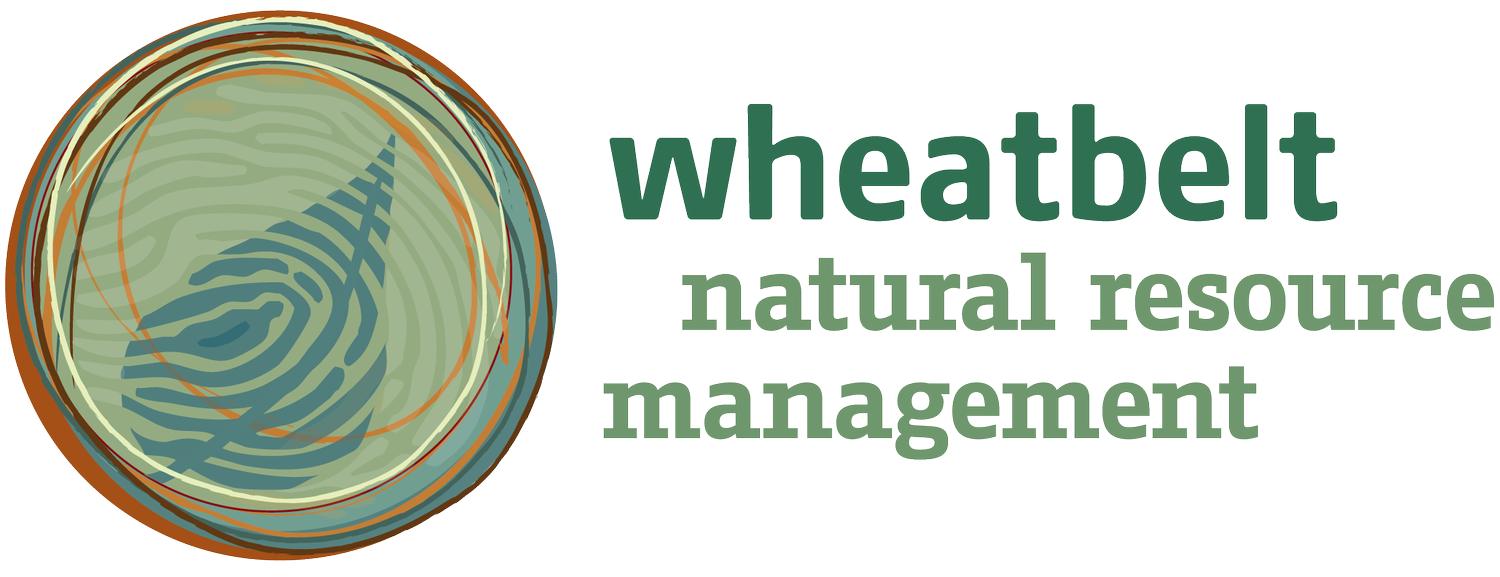Comparing the Suitability of Perennial Pastures
Rob and Daniel are fourth-generation farmers who grew up working on the farm since they were old enough to give their dad Vern a hand.
Revegetation of the Nguna Morrt
Theo Michael and his family are directors of the Nguna Morrt Aboriginal Corporation, set up to manage Nguna Morrt farm, a small property near Mawson.
Wind Erosion Prevention on Careema Farms
Gary and Janet Repacholi have been planting between 4,000 and 6,000 trees a year since the mid-1990s and saltbush since 2000.
Attempting to Improve Land Use at Sandy and Salty Sites
Doug Pease runs a mixed farming enterprise in Wyalkatchem and recently has been interested in growing summer active pastures and improving the pasture phase in his rotation by sowing annuals.
Soil Testing for Levels of Carbon and Nitrogen under Three Land-Use Regime
Since 1994, Ian and Dianne Haggerty have been implementing a holistic and integrated program of broadacre, dryland cropping of cereal grains; cereal hay crops; and grazing with specially bred sheep for wool and premium grade fat lambs.
Casuarina obesa in the Avon Wheatbelt Management of Native Stands and Provenance Trials
Casuarina obesa (Swamp sheoak) is generally promoted as a Landcare option on saline farmland that also has potential as a commercial tree crop across the Avon region.
Planting Saltbush to Tackle Wind Erosion and Reclaim Farm Land
Clearing of the original farming land began in the Yilgarn in the 1920s and continued into the 1960-70s when the higher, lighter land was cleared.
Teaching the Youth of Tomorrow about the Value of Sustainability
Approximately ten years ago the Indigenous Land Corporation divested Coobabla Farm in Bakers Hill to the Woolah-Wah Land Aboriginal Corporation and the Hayward family.
Trialling Best Cropping Practices for Maximum Soil Cover
The Bodallin Catchment Group is an innovative, community-driven grower group that was formed due to farmers in the area wanting to come together to discuss localised agricultural issues and test practices with on-farm trials.
Assessing the potential of saltbush to sequester carbon in the Wheatbelt Region of WA
This project’s aim was to determine the viability of using saltbush revegetation to sequester carbon and provide data to make a case for the development of a methodology under the Carbon Credits (Carbon Farming Initiative) Act 2011 (CFI Act).
Regional Natural Resource Management Strategy for the Avon River Basin
Wheatbelt NRM has developed this Regional NRM Strategy to guide future understanding and priorities for the management of the natural resources of the Avon River Basin.
Making use of marginal land with Forage shrubs for grazing and Sandalwood plantations
A guide for landowners to make use of marginally productive land by planting and utilizing forage shrubs for livestock and soil health and/or to plant Sandalwood plantations to diversify income over the long term.
Agroforestry Options for the Wheatbelt
This guide is for land managers, farmers and communities interested in agroforestry-based revegetation options that provide both natural resource and production-based outcomes for the Wheatbelt region of Western Australia.
An Illustrated Key to the Perennial Grasses of the Avon Wheatbelt Western Australia
Plant taxonomy, the study and process of naming and classification, is often a mystery to the uninitiated.
Go-To Guide For Dung Beetles Of The Wheatbelt
An easy-to-use reference in the preparation, trapping and identification of dung beetles on your property.
Soil Health Guide
This guide has been developed to present some of the approaches Wheatbelt farmers are taking to address soil health issues in the region.
Wheatbelt Agroforestry Biodiversity Values: Review, Recommendations and Rating System
This report reviews the current literature to provide a summary of the biodiversity benefits of agroforestry systems that could be utilised in the Western Australian Wheatbelt.
Wheatbelt NRM Agroforestry Biodiversity Monitoring Report
This report documents a snapshot study of the biodiversity outcomes at 30 production and nonproduction based revegetation sites in the Wheatbelt region of Western Australia.
Fire & Biodiversity Guidelines for the Avon Basin
This report has presented the current knowledge about biodiversity values in the Avon Wheatbelt and aspects of their conservation with respect to fire management. A basic structure and process has been recommended for implementing and monitoring fire management for biodiversity conservation as a priority. This is based on using Beard-Hopkins vegetation associations as the basic fire planning unit and developing a GIS spatial database to identify areas available for burning. Fire management for biodiversity conservation needs to be considered in association with priorities for community protection as detailed in the associated Wildfire Threat Analysis report.
Boodjin - The Boyagin Rock Storybook
Kaya (hello)! Noongar katadjin (knowledge) of boodjar (country) is a precious thing and a privilege to learn. This storybook offers a glimpse of the rich katadjin surrounding Boyagin Rock. This katadjin is passed on to new generations of Noongars (the Aboriginal people of south-west Australia), both in rural and metro areas, whose moort (family) connections to Boyagin are strong.





















